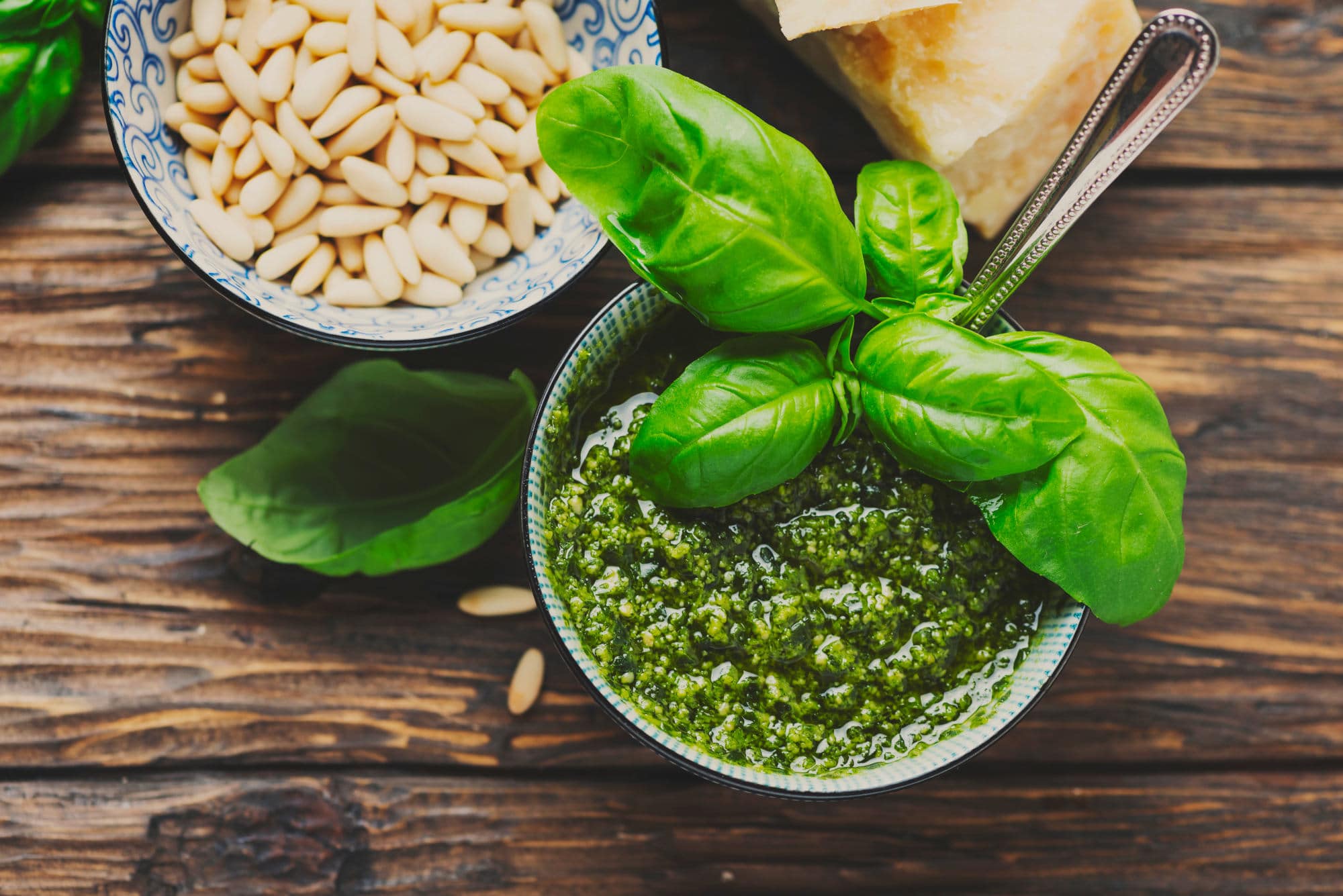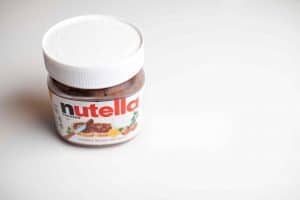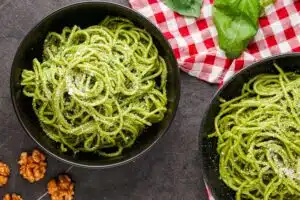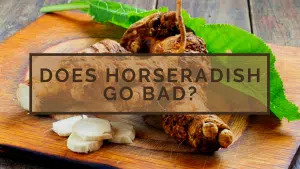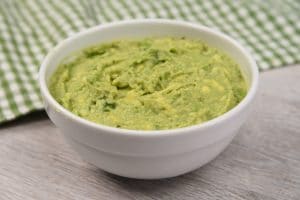Does Pesto Go Bad?
Important Note: When you buy through our links, we may earn a commission. As an Amazon Associate we earn from qualifying purchases. Content, pricing, offers and availability are subject to change at any time - more info.
When you buy pesto from the stores, the container has more content than what you need for single use. This leaves you with an opened jar in your refrigerator-that you have to remember to use timely. And, we often wonder how long does pesto last? And in this article, we will be exploring the answer to this question.
Table of Contents
- How Long Does Pesto Last?
- How To Properly Store Pesto?
- Does Freezing Pesto Work?
- How Do You Know If Pesto Has Turned Bad?
- Is It Easier To Make Pesto Sauce At Home?
How Long Does Pesto Last?
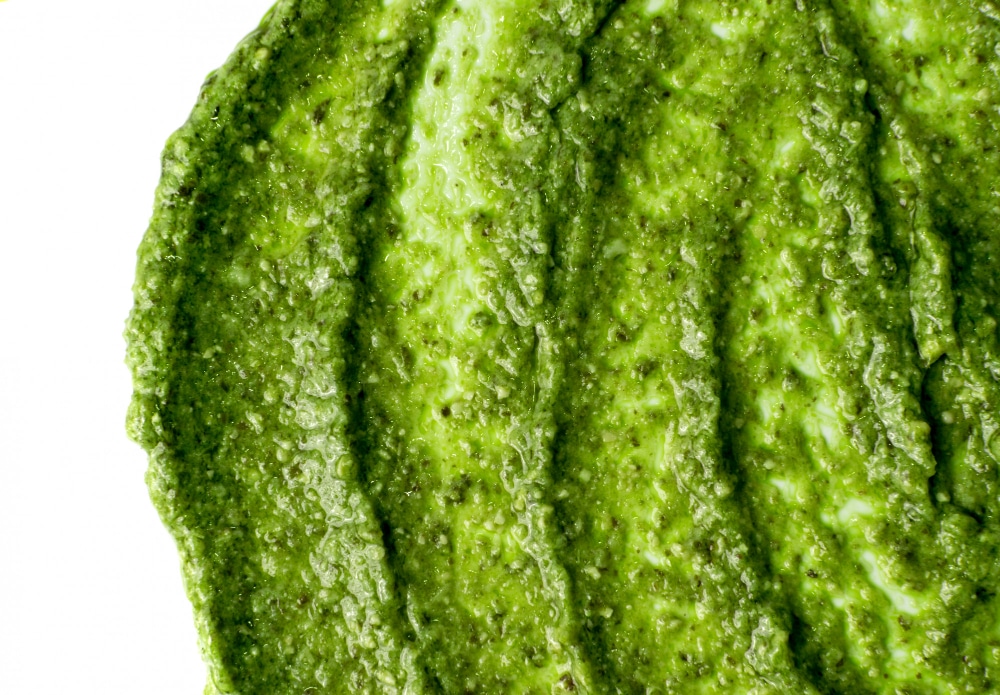
Let’s start with the packaged pesto that is found in the grocery store unrefrigerated. The packages generally come with a best-by-date label. The sauce, when left unopened, can last for a couple of weeks or even months post that date. Certainly, it will not be lost in good quality, but it will also not go bad just a couple of days after the date.
Once you have opened the pesto jar, the sauce is good to use for around 7 to 10 days. Additionally, the store-bought pesto, which is sold in the refrigerated area, usually has a use-by date on the package. The unopened store-bought pesto should be in good quality for up to seven days after the date. Sometimes they can remain fresh for longer.
Once you have opened the container, you will need to finish the sauce within 5 to 7 days. There are more preservatives in unrefrigerated pesto than the refrigerator variety. So after opening the bottle, it will only last for a shorter period.
On the other hand, homemade pesto can last for around 4-5 days in the refrigerator. The sauce does not usually contain preservatives; therefore, homemade versions have a shorter lifespan.
How To Properly Store Pesto?
As we discussed above, there are two types of pesto available. There is one that is sold in the refrigerated section, and secondly, there are pesto sauces that sit in the unrefrigerated areas.
Generally, unrefrigerated pesto is sold in a tin or jar. Considering that the sauce sits at a normal temperature of the store, it can be stored at room temperature as well. But as long as you don’t open the jar.
Ensure that you keep it in a dry and cool area where there is no heat or sunlight. This is because temperature changes and sunlight will not particularly make the sauce go bad; it may alter the quality once the farm is opened. After you have opened the jar, ensure that you seal it properly and keep it in the fridge. Moreover, if the pesto you bought is in a tin, transfer it into a sealed container prior to refrigerating.
Let’s come to the second variety, which is the pesto sauce sold in the refrigerated area. Storing it is very simple; you have to keep it in the refrigerator at all times. Once the jar is opened, make sure it is sealed tight. If the jar is not sealed, pour the sauce into a food container.
Homemade pesto has the shortest shelf life because there are no preservatives protecting the sauce. This is why you should always keep it in a sealed container and store the sauce in the fridge. And before putting it in the refrigerator, pour some olive oil on top. This will help the sauce retain its quality for longer.
Does Freezing Pesto Work?
If you want to increase the shelf life of pesto, you can try to freeze it. However, freezing the sauce may change its texture slightly after thawing. As for the quality of the pesto after defrosting, it will depend on the kind of ingredients you have used to make the sauce.
While in some dishes, the changes in texture will blend well, in others, it will be quite noticeable.
You have to see for yourself by freezing the pesto and how it works in different dishes.
It is best to freeze the pesto in ice cube trays. This will allow you to thaw only the sauce you need at the moment. Frozen pesto won’t spoil, but over time will start to lose its quality. So it is better to use the frozen sauce within 30 days.
How Do You Know If Pesto Has Turned Bad?
When it comes to identifying spoiled pesto, there are a couple of things to watch out for. There is an obvious sign like the growth of mold. You can find them both on the sauce’s surface and within the container. Another classic sign that your pesto has gone bad is the rotten or unusual smell. If your sauce does not smell fresh like usual, it is time to discard it. Next, you should check out the color of the basil leaves. If the pesto has gone bad, the color of the basil leaves tends to change from green to brownish. If none of the signs appear, the sauce should be good to use. Taste a bit, and if it seems good enough, use otherwise, discard it.
Remember that pesto has a short shelf life. If you have doubt whether or not it’s okay, it generally means that the sauce has turned bad. It is always better to be on the safer side. Rotten pesto does not just taste bad; it can also make you sick.
Is It Easier To Make Pesto Sauce At Home?

Pesto sauce is not that difficult to make, but we don’t always have the time to make the sauce and other aspects of the recipes. This is why people simply buy the store-bought version. And the ingredient you need to make pesto is also easily accessible. Pine nuts, fresh basil leaves, parmesan cheese, lemon juice, garlic, salt, and extra-virgin olive oil are the only ingredients you need for the recipe. And if you don’t have pine nuts, you can also use walnuts, pepitas, pecans, or walnuts.
Feeling Smarter About Pesto Shelf Life Now?
A delicate sauce, pesto is used in many other recipes, especially pasta. The usage of fresh ingredients and the high content of oil limit the shelf life of the sauce. Above, we have shared all the information regarding storing pesto sauce. Ensure that you keep a check on it and avoid eating it if the pesto has gone bad. Besides, it is always good to use fresh pesto sauce for your recipes. We hope this article left you a bit smarter on pesto shelf life.
